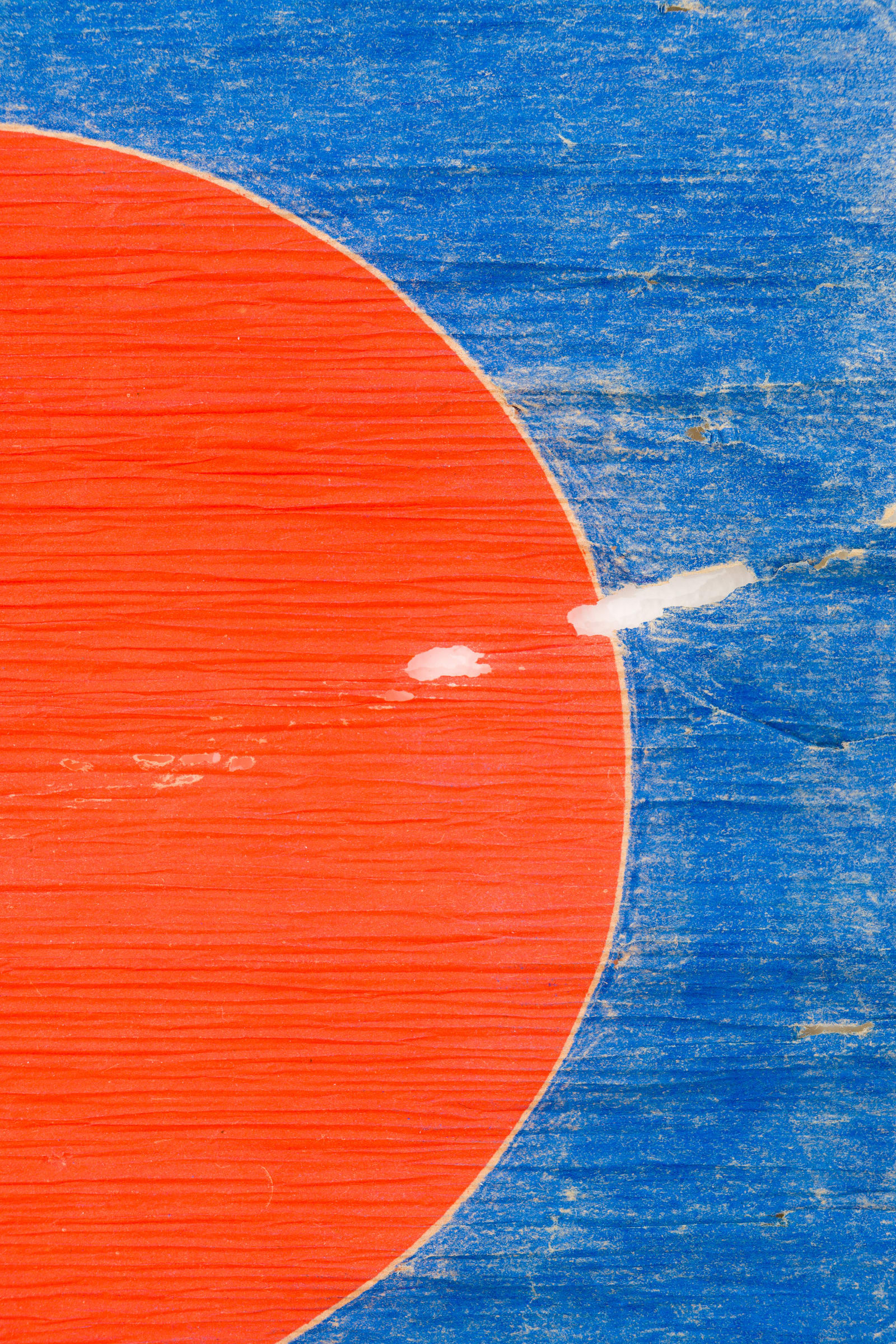The world of contemporary art is constantly evolving, and artists like Toru Otani are at the forefront of this transformation. With a unique approach to creating art on unconventional materials, Otani has carved out a niche for himself in the global art scene. This article delves into his artistic journey, exploring his techniques, exhibitions, and influences.
Toru Otani: An Overview
Toru Otani, born in 1988 in Kanagawa, Japan, is an artist renowned for his innovative use of unconventional materials. His works often feature unexpected canvases such as the backside of sandpaper, empty cigarette packages, and vintage maps. By incorporating these materials into his art, Otani challenges traditional notions of what constitutes a canvas. He sources many of his foundational materials from online auctions, including prewar textbooks, used notes, and postcards.
Otani's creative process involves using colored pencils to erase or obscure identifying marks on these chosen surfaces. This method results in images reminiscent of abandoned billboards, evoking a sense of nostalgia and mystery. His work invites viewers to reconsider the value and meaning of discarded objects, encouraging deeper reflection on consumer culture and memory.
Exhibitions and Recognition
Toru Otani's work has been showcased in numerous galleries and museums worldwide. One notable exhibition took place at XYZ Collective in Tokyo from December 9, 2023, to January 21, 2024. Titled Hypnosis, the show featured pieces like Circus (2023), created with ink and watercolor pencil on sandpaper. Measuring 46 x 56 cm, this piece exemplifies Otani's signature style and commitment to pushing artistic boundaries.
In addition to his solo exhibitions, Otani has participated in group shows at venues like Nonaka-Hill in Los Angeles and imlabor in Tokyo. These collaborations have further solidified his reputation as a leading figure in contemporary art. Art enthusiasts can explore documentation of his exhibitions through resources like the Contemporary Art Library, which archives projects dating back to 2021.
Notable Works
Among Otani's most celebrated works is Orange Knight (2015), a color pencil drawing on abrasive paper measuring 11 x 62 inches. Another standout piece, Two Snakes and Six Sun (2017), showcases his ability to transform mundane materials into thought-provoking art. Both works highlight his meticulous attention to detail and mastery of color application.
Beyond individual artworks, Otani's practice extends to limited editions. For instance, he produced a series of twelve unique pieces on the backside of sandpaper sheets. Each creation reflects his fascination with enigmatic symbols such as hands, the sun, and eyeballs—elements that recur throughout his oeuvre.
Artistic Philosophy
Attracted to cryptic marks and imagery, Otani employs colored pencils to refine his compositions by erasing unnecessary details. This subtractive technique allows him to focus on essential forms, resulting in visually striking yet conceptually rich works. His approach resonates with audiences seeking art that transcends conventional aesthetics.
By repurposing everyday items, Otani also addresses broader themes related to environmental sustainability and cultural heritage. His art serves as both a critique of modern consumption patterns and a celebration of forgotten histories embedded within discarded objects.
Personal Life and Influences
Outside his artistic pursuits, Toru Otani shares a name with another prominent figure in sports history—Shohei Ohtani's father, Toru Ohtani. While the two individuals may not be directly connected, their shared moniker highlights the diverse talents present within Japanese society. Interestingly, Toru Ohtani Sr., an amateur baseball player, played a pivotal role in shaping his son's athletic career by coaching him during childhood.
This parallel underscores how personal experiences and familial backgrounds can inspire creativity across different fields. Whether through sports or visual arts, individuals named Toru Otani contribute significantly to their respective domains while leaving lasting legacies.
Conclusion
Toru Otani continues to captivate audiences with his inventive approach to art-making. Through his use of unconventional materials and thoughtful compositions, he challenges viewers to rethink familiar objects and spaces. As his career progresses, it will be fascinating to witness how he evolves his practice and expands upon existing themes.
For those interested in acquiring new artworks by Toru Otani, platforms like Platform offer opportunities to purchase directly from the artist. Meanwhile, fans of his work can stay updated via mutual art networks, auction houses, and gallery announcements. Ultimately, Toru Otani remains a vital voice in contemporary art, inspiring future generations to embrace experimentation and innovation.

